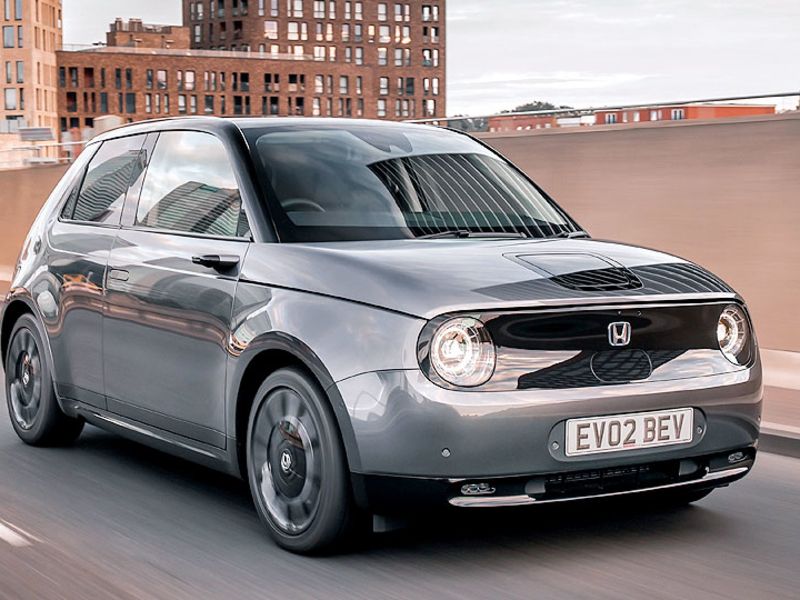
LOS ANGELES — Honda is late to the EV push, without an electric vehicle on sale now in the U.S. and not much success with its cute-but-pricey “e” model in Europe. But that’s not stopping the brand from predicting ambitious sales of future EV products.
Honda said last week that its initial target is 70,000 annual sales from its first volume EV, the Prologue crossover, when it reaches the North American market in early 2024. The Prologue is being jointly developed with General Motors on GM’s Ultium platform.
As Honda develops its own e:Architecture platform for future models, it has set a goal of 500,000 battery-electric and fuel cell vehicles by 2030 in North America. The automaker said that would represent 40 percent of sales, but also clarified that’s a rough estimate contingent on EV incentives and other factors.
Separately, premium brand Acura is developing a crossover with GM, but Honda said the sales targets from last week were only for the Honda brand. Neither brand has offered any details on their GM-based EVs or future ones on the e:Architecture platform.
“Launching our first volume BEV in 2024 is the start of an exciting new direction for Honda,” said Dave Gardner, executive vice president of national operations at American Honda. “We are working with our dealers to plan the transition from sales of primarily gasoline-powered vehicles to selling 100 percent electric vehicles by 2040.”
Until recently, American Honda executives had been primarily focused on hybrids. But parent company Honda Motor Co. named a new CEO in April, Toshihiro Mibe, who issued new marching orders.
Honda is likely to face a heavy lift in the EV space, at least in the early days, analysts said.
Competitors such as Hyundai Motor Group are far out front, with multiple second-generation EVs going on sale this year and next year.
Moreover, it’s difficult to predict consumer behavior with dozens of new electric vehicles planned for North America in just the next few years.
“While EVs are coming, these grand ideas with millions of drivers eagerly awaiting the chance to turn in their traditional vehicle for the latest EV are quite overblown,” said Sam Fiorani, vice president of global vehicle forecasting at AutoForecast Solutions. “For Honda to reach half a million EVs by 2030, it will take a combination of incentives, infrastructure improvements, greatly improved battery technologies and, above all, a dramatic change in the way buyers think about EVs,” he said.
Gardner told Automotive News in June that Honda Motor Co. is the world’s largest manufacturer of internal combustion engines with the inclusion of its motorcycle, power products and HondaJet offerings.
“It’s a fair comment to make about Honda that we weren’t the leaders in the race to battery-electric vehicles,” Gardner said. “We now have our direction. …We now need to move quickly and decisively to get going where we’re going.”

